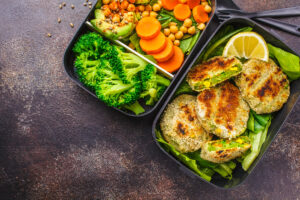
Article


Iron helps to keep us feeling energetic and focused, ultimately playing a critical role in our everyday lives — but do you know which plants are rich in this important mineral? (This guy certainly does!?)
Iron is an essential component of hemoglobin, the substance in red blood cells that carries oxygen from your lungs throughout your body. Hemoglobin utilises about two-thirds of the body’s iron stores. So, if you don’t have enough iron, your body can’t make enough of these healthy oxygen-carrying red blood cells, which can leave you with headaches, fatigue, or dizziness — and even anaemia, if it goes unchecked!
The recommended daily intake varies greatly with age, gender, and overall health. For example, my iron requirement is 18 mg per day since I’m a female between the ages of 19 and 50. But for details on your own requirements, you can check out this handy table here, or ask your GP.
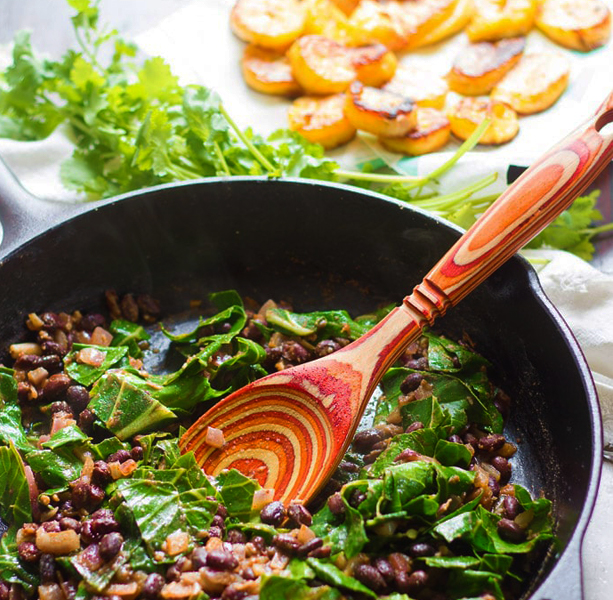
Many plant-based foods are great sources of iron, as well as having a range of other health benefits, like being rich in vitamins, minerals, or fibre. You can’t go wrong with plants!
Spinach, kale, and other green leafy vegetables
Did you know that green leafy vegetables such as spinach and kale have more iron per calorie than meat? 100 grams of spinach contains more iron than 100 grams of red meat. Popeye knows where it’s at!
Soy, lentils and beans
Soybeans and foods derived from soybeans are absolutely packed with iron. In fact, soybeans contain around 9mg of iron per cup. This means that tofu and tempeh are great sources of iron to add to your diet – plus they can make for some very tasty meals!
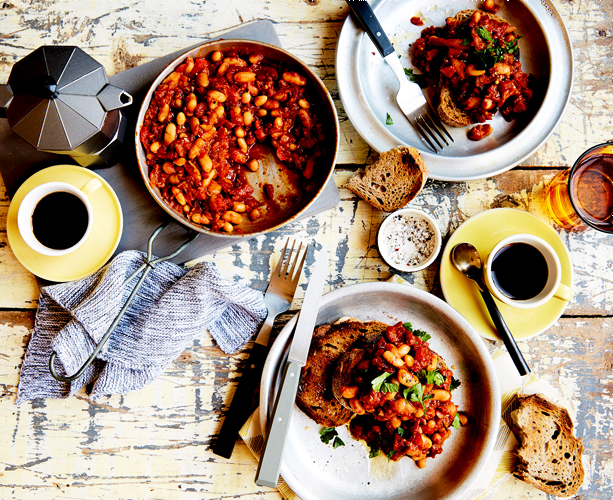
If soy isn’t your thing, there’s also a whopping 7mg of iron in one cup of cooked lentils. All the more reason to make this lentil packed, Italian-inspired Lasagne Lover’s Soup. Other pulses are rich in iron too, so including a range of beans in your meal rotation is always a good idea. I personally recommend these Smoky Beans on Toasted Sourdough. While you may think beans on toast is for breakfast only, I can assure you – it’s perfectly acceptable (and delicious!) any time of the day.
Fortified organic cereals, brown rice, quinoa and oats
Speaking of breakfast, did you know that a hearty bowl of cereal or porridge can also work wonders for your iron levels? In half a cup of oats alone – a standard serving size — you’ll be giving yourself a whopping 4mg of iron! If you’re looking for inspiration to up your porridge game, try this Chai-Spiced Porridge with Caramelised Apples.
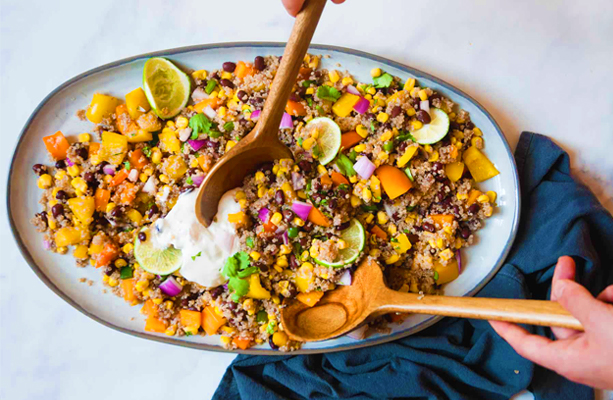
As for quinoa, it’s just showing off 😉 Not only is it a ‘complete’ protein – meaning it has all nine essential amino acids that your body needs to acquire from foods — but it also has 3mg of iron per cooked cup. And it’s easy to incorporate with foods you already know and love! You can swap out rice for quinoa in any Mexican or Asian-inspired meal, or simply chuck it in your soups by the cup-full for a wonderful new texture with a nutritional boost.
Dried fruits, such as raisins and apricots
When raising your iron levels can be as simple as whipping out a bag of dried fruits as a snack, optimal health suddenly becomes that little bit easier. Dried fruits are — perhaps unexpectedly — nutrient powerhouses. They generally contain more fibre than the same size serving of their fresh counterparts. As for their iron content – one cup of dried apricots contains 8mg. Get snacking!
Vitamin C aids your body’s ability to absorb all that magnificent iron, so try to pair your iron-strong foods with a dose of Vitamin C, which is abundant in citrus fruits, for example. This can be as simple as drinking a glass of orange juice alongside your rolled oats for breakfast or squeezing a wedge of lemon or lime over your veggie-packed meals. Cruciferous vegetables such as broccoli, brussels sprouts, and cauliflower — along with red capsicum — all offer great doses of vitamin C, too.
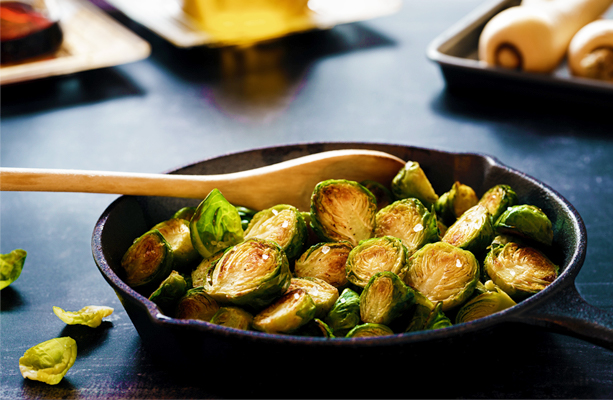
This genius little tip blew my mind. Cooking in a cast iron skillet can add significant (but safe!) amounts of iron to your food and into your body. This means that in addition to eating more iron-rich foods like lentils, beans, and spinach, cooking them in a cast-iron pot is another simple way to boost your meal’s iron content even further!
Of course, if you’re not sure whether you’re hitting the mark on this important nutrient, you can always chat with your doctor about getting your iron levels checked to make sure you’re on the right track ![]()

Jacqui likes to spend her spare time with her two cats, eating sweet treats and listening to 90s British pop. She enjoys making plant-based goodies inspired by her love of all things David Lynch, and if she’s cooking dinner, you better believe there is gonna be spice!